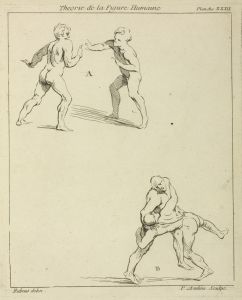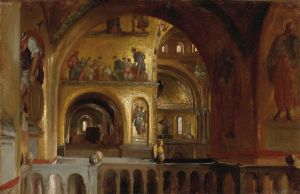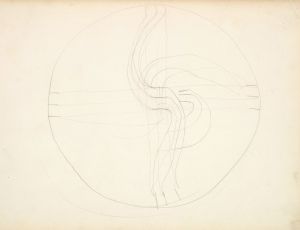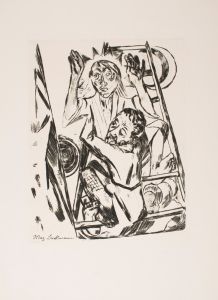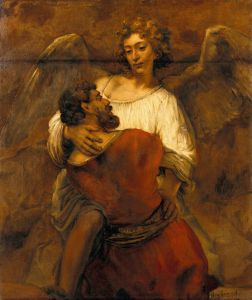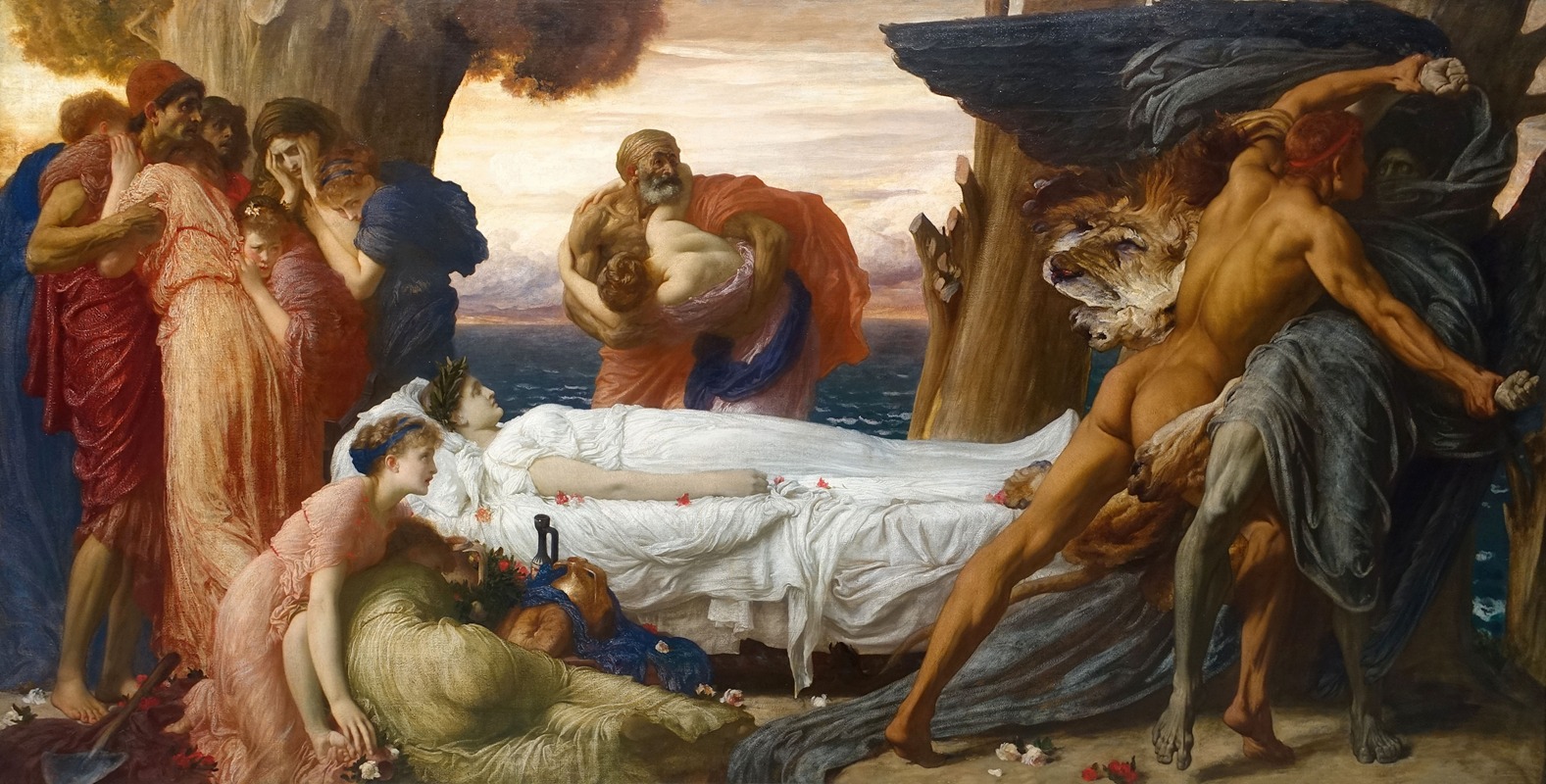
Hercules Wrestling With Death For The Body Of Alcestis
A hand-painted replica of Frederic Leighton’s masterpiece Hercules Wrestling With Death For The Body Of Alcestis, meticulously crafted by professional artists to capture the true essence of the original. Each piece is created with museum-quality canvas and rare mineral pigments, carefully painted by experienced artists with delicate brushstrokes and rich, layered colors to perfectly recreate the texture of the original artwork. Unlike machine-printed reproductions, this hand-painted version brings the painting to life, infused with the artist’s emotions and skill in every stroke. Whether for personal collection or home decoration, it instantly elevates the artistic atmosphere of any space.
"Hercules Wrestling with Death for the Body of Alcestis" is a painting by the renowned British artist Frederic Leighton, completed in 1869. This work is a significant example of Leighton's mastery in combining classical themes with the dramatic intensity of the Victorian era. The painting is based on the ancient Greek myth of Alcestis, which was famously dramatized by the playwright Euripides.
In the myth, Alcestis is the devoted wife of King Admetus of Thessaly. Admetus is granted the chance to escape death if he can find someone to die in his place. Alcestis selflessly volunteers, and her sacrifice leads to her death. However, the hero Hercules, who is a guest at Admetus's house, learns of her fate and decides to intervene. Hercules confronts Death (Thanatos) and wrestles with him to bring Alcestis back to life.
Leighton's painting captures the climactic moment of this mythological struggle. The composition is marked by its dramatic tension and emotional intensity. Hercules, depicted as a powerful and muscular figure, is shown in the midst of a fierce battle with Death. His expression and posture convey determination and strength. Death, on the other hand, is portrayed as a dark, shadowy figure, embodying the inevitability and fear associated with mortality.
The body of Alcestis lies lifeless in the foreground, her pale and serene form contrasting starkly with the dynamic struggle occurring above her. This juxtaposition highlights the stakes of the battle and the hope for her resurrection. Leighton's use of light and shadow enhances the dramatic effect, with the figures of Hercules and Death emerging from a dark background, illuminated by a subtle, almost ethereal light.
Leighton's attention to anatomical detail and his ability to convey complex emotions through his figures are evident in this work. The painting reflects his academic training and his admiration for classical art and literature. It also demonstrates his skill in narrative painting, as he effectively tells a story through a single, powerful image.
"Hercules Wrestling with Death for the Body of Alcestis" was well-received upon its completion and remains one of Leighton's notable works. It exemplifies the Victorian fascination with classical mythology and the era's interest in themes of heroism, sacrifice, and the human struggle against fate.
Today, the painting is part of the collection at the Manchester Art Gallery in England. It continues to be admired for its artistic excellence and its poignant depiction of a timeless mythological tale. Leighton's work not only showcases his technical prowess but also his ability to imbue classical subjects with contemporary relevance and emotional depth.






